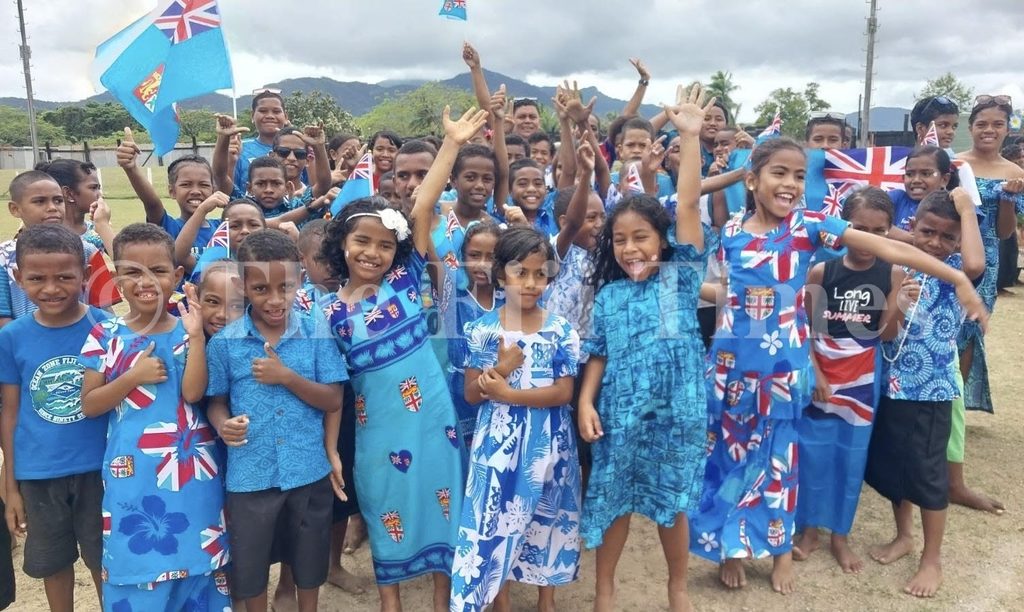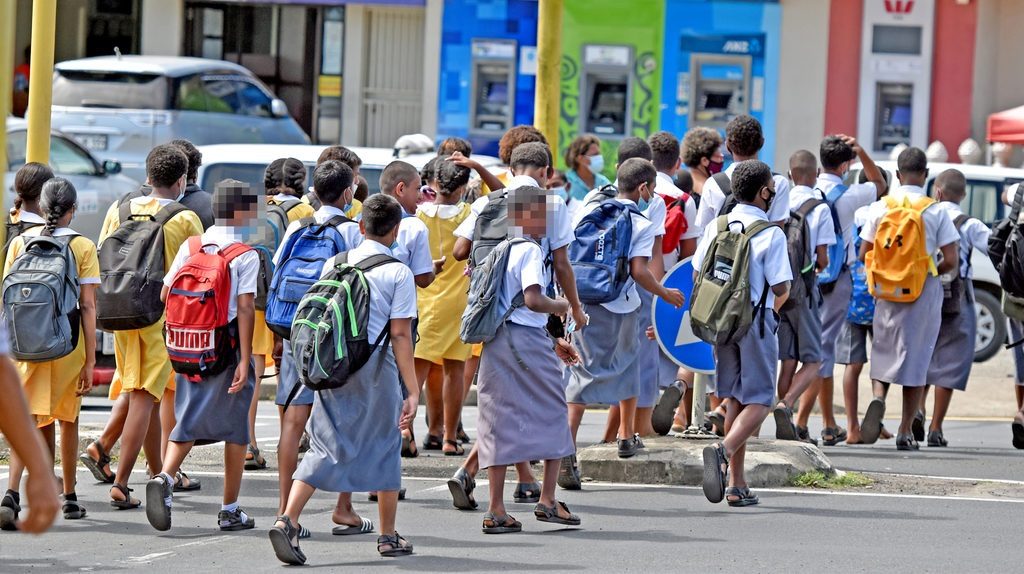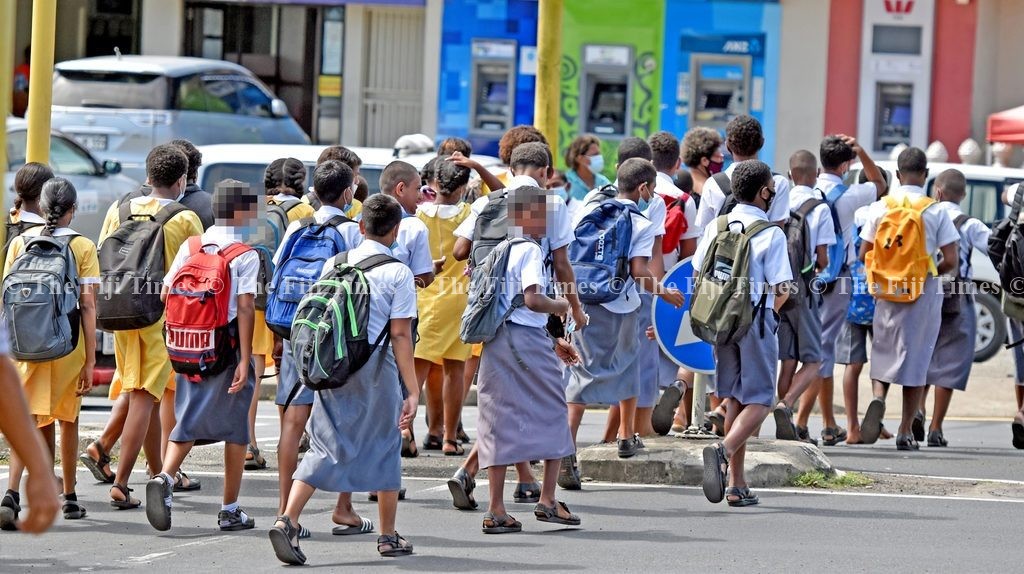In every corner of our beautiful islands, behind the serene blue waters and sun-kissed beaches, a heartbreaking crisis unfolds that is too often hidden behind smiles and vibrant traditions.
Fiji’s children, the very heartbeat of our future, face challenges that threaten not only their safety and well-being but also the promise of a brighter tomorrow.
The hidden tragedy behind paradise
The statistics tell a story of deep pain, brokenness, sexual abuse and neglect.
In the first half of 2024, there were 324 reported cases of child sexual abuse which is a number that represents not just figures but the shattered childhoods and unspoken anguish of our future generations.
Of particular concern is that 74 per cent of all reported sexual violence cases in Fiji involve children, with girls under 18 being the most vulnerable.
These numbers are more than statistics; they are a clarion call for immediate, decisive action.
Violence against children is not confined solely to sexual exploitation.
A recent joint study by UNICEF and Fiji’s Ministry of Women, Children and Social Protection estimates the economic toll of violence on children at a staggering $460 million annually which is 4 per cent of our nation’s GDP.
This figure encompasses not only the direct medical and social intervention costs but also the unquantifiable damage to lives overwhelmed by trauma, fear, and lost potential.
A generation under siege
Beyond physical harm, our children face relentless battles against drug and substance abuse, and a growing public health crisis.
In 2024 alone, Fiji recorded 20 new cases of HIV transmission from mothers to their children—cases that should have been completely preventable, yet now condemn these young lives to serious health complications and a future burdened by stigma.
Each statistic is not just a number; it is a devastating story of a childhood stolen before it even had a chance to blossom.
Across Fiji, the spectre of drug abuse casts a long, dark shadow, tearing apart families and dismantling the safe spaces every child so desperately needs.
Even more distressing is the rising tide of children who find themselves living on the streets alone, unprotected, and heartbreakingly vulnerable.
These innocent children are thrust into a world of brutal hardship, facing daily threats of violence, exploitation, hunger, and hopelessness.
These are not distant tragedies; these are our children who deserve to be wrapped in love, to dream fearlessly, and to step into a future bright with promise. We cannot afford to look away.
Climate change — the silent, escalating peril
Overlaying these human-made crises is the relentless advance of climate change, a silent, insidious threat that exacerbates every existing problem.
Natural disasters, amplified by global warming, are displacing families, severing the connection to a stable education, and stripping children of the nourishment and protection they so critically need.
The destruction wrought by intensive tropical cyclones, floods, and rising sea levels is not an abstract threat; it is a reality that robs our children of a secure home and a nurturing environment.
Every time a cyclone strikes, the devastation leaves physical scars on our land and emotional wounds on our communities. With each natural disaster, children’s access to education becomes disrupted, their families forced into survival mode, and their futures cast into precarious uncertainty.
These relentless challenges magnify the effects of social and economic hardships, leaving our most vulnerable without a chance at recovery.
The hunger, an invisible enemy
Adding to this growing burden is the crushing weight of Fiji’s current economic climate.
The rising cost of living has pushed countless families to the brink, forcing impossible choices between rent, food, transport, and education.
In too many homes, children are going to bed hungry. In classrooms across the country, teachers witness the heartbreaking signs of malnourishment in children too tired to concentrate, too weak to participate, and too anxious to dream.
These are not isolated stories. They are the lived experiences of thousands of our children, whose basic needs are no longer guaranteed. For many families, survival now comes at the cost of their children’s health, development, and dignity.
The long-term consequences of hunger are devastating. Undernourished children are more likely to fall sick, miss school, and suffer emotional and cognitive delays that can last a lifetime.
At the same time, Fiji is also grappling with a troubling rise in childhood obesity and non-communicable diseases (NCDs), driven by poor diets and limited access to healthy food.
This double burden of malnutrition— where both undernutrition and obesity coexist threatens to undermine the health of an entire generation.
This is not just a health crisis; it is a moral one.
When families cannot afford to feed their children nutritious healthy meals, the nation must stop and ask: what are we doing, and for whom are we doing it?
In Fiji, education remains a pathway to breaking the cycle of poverty, yet for many families, it is increasingly out of reach.
The rising cost of school supplies, transportation, and other essential learning needs places additional strain on already stretched household budgets.
In rural and maritime communities, children are often forced to walk long distances or cross flooded rivers just to reach school risking their safety for the chance to learn. For too many, the daily struggle to attend school is compounded by overcrowded classrooms, shortages of qualified teachers, and a lack of basic learning resources.
The cost of inaction and misplaced priorities
In the midst of these adversities, there is an emerging and disturbing trend: donor funding is being disproportionately allocated away from programs that directly support children.
While it is true that aid often flows into infrastructural and economic initiatives, our children -who are the very essence of our community- are frequently left to fend for themselves.
This misdirected focus only deepens the cycle of vulnerability and despair, compounding the multifaceted challenges our youngsters face.
At Save the Children Fiji, we have dedicated ourselves to breaking this cycle.
Our programs, designed to protect, nurture, and empower children, span vital services from safe families programs and psychological support to health services and educational initiatives.
Despite our relentless efforts, the funding remains insufficient.
The gap in support is not just a number as it translates into delayed medical care, interrupted schooling and a lasting emotional impact on every child who slips through the cracks.
A personal plea and a call to action
Every statistic, every story represents the life of a child whose innocence is marred by violence, neglect, sexual abuse, or the trauma of natural disasters.
These are children whose potential is curtailed, whose futures hang in the balance.
I have witnessed firsthand the resilient spirit of these children who, even in the darkest moments, cling to hope.
Their determination fuels our fight, yet we cannot do it alone.
That is why I passionately urge local and international donors to re-evaluate their funding priorities.
Now is the time to channel resources into child-centric programs that offer more than temporary relief and they must lay the foundation for transformative, lasting change.
Support for these programs can restore hope, rebuild shattered lives, and provide children with the safe, nurturing environments they deserve.
In addition, Save the Children Fiji calls on the Fiji Government to prioritise children’s interests in the National Budget and allocate sufficient resources to adequately support children’s education, health, social protection, care, and well-being.
Imagine a Fiji where every child grows up free from fear, and where hardship does not define their future, but opportunity does. Every dollar invested in our programs is a concrete step toward building a more compassionate and resilient nation.
So, the question we must ask ourselves and our donors is this: Where is the money for children? The urgency is now. The need is immense.
The future is in our hands.
Join us at Save the Children Fiji in our unwavering commitment to secure a safe, healthy, and hopeful future for every child in Fiji.
- Shairana Ali is the CEO of Save the Children Fiji. The views expressed in this article, which has been edited for space, are those of the author and do not reflect the views of this newspaper.

Children proudly wave their Fiji flags to mark Fiji Day in Labasa in 2013. Picture: FT FILE/SERAFINA SILAITOGA

Students going to school at the beginning of the 2025 Fiji school year. Picture: FT FILE



